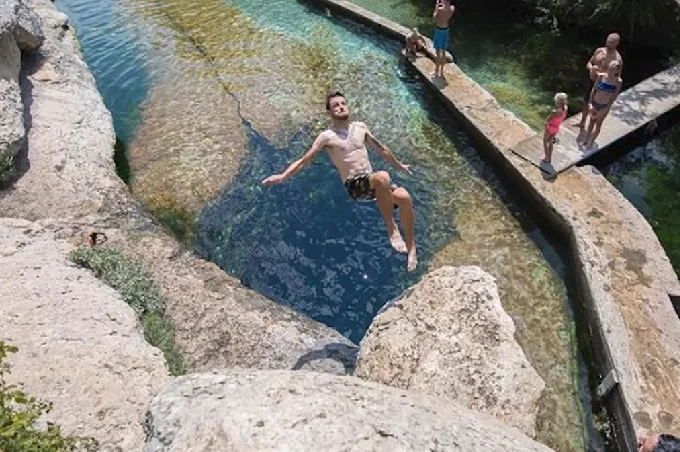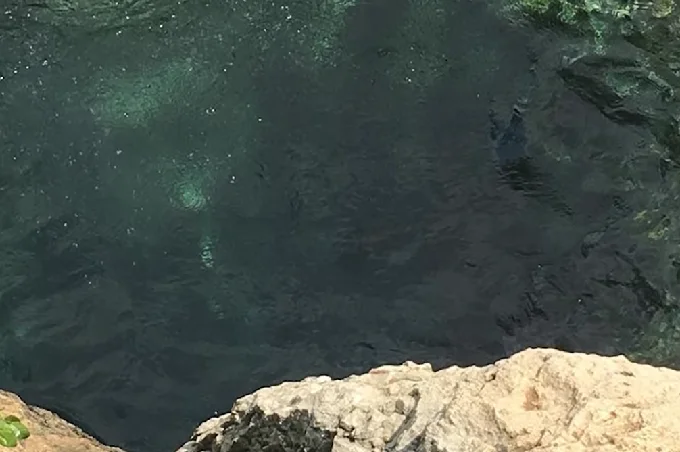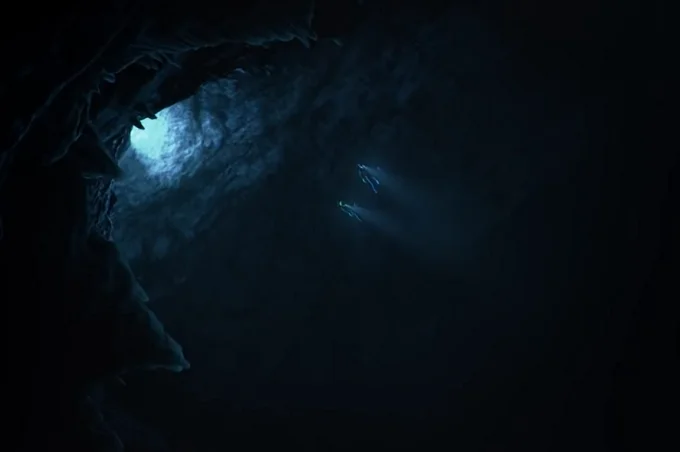The dangerous waters of Jacob’s Well

Jacob’s Well has a diameter of 4 meters and a depth of 35 meters. The Well is very dangerous. The cave’s chambers may be difficult to navigate, particularly the third one, which is 80 feet below the surface and contains a ‘false’ exit that has imprisoned and killed at least one diver. Because it requires squeezing through a very tiny entrance, the fourth chamber is likely the most dangerous.
Jacob’s Well should be considered if extreme sports enthusiasts are considering where else to go for thrills. It is situated in the United States of America. This is one of the world’s most hazardous locations!
Religion
Jacob’s Well is carved into the rock and has a diameter of 4 meters and a depth of 35 meters. Religious leaders think that here is where Jesus met the Samaritan lady. This encounter is mentioned in John’s Gospel.
The Jacob’s Well is now housed in the crypt under the altar of a temple dedicated to the Photinia of Samaritan. The structure is part of a monastery run by the Jerusalem Patriarchate.
This isn’t simply a water well; it’s a true artesian spring that flows from a cave’s enormous underwater system. The water is crystal clear and pure. Tourists claim that jumping down into the Well gives them the sensation of soaring into the air.

Various and numerous branches may be found at the bottom, none of which have been researched all the way to the end.

Yes, it’s risky
Unfortunately, diving into this Well is an extremely risky proposition. Also, the investigation of its underbelly. Eight divers are known to have perished here! This fact, however, does not deter extreme lovers. For the excitement, they are prepared to accept risks.
The Well seems to be safe and tranquil at first look. However, caverns under the surface pose a hazard to human life. The first is one meter below the surface. It has a lot of fish in it, and algae grow there.

The second cave lies a little farther down, at a depth of over 2.5 meters. Divers are confined since it has an extremely tight entrance. At this place, one student died.

The third cave is reached through a narrow gravel route. It’s also quite hazardous here, so divers avoid touching it while attempting to reach the third cave.
The fourth cave is the hardest to navigate, which is why it hasn’t been explored much. Limestone strata may be seen at the bottom. If a diver disturbs them by mistake, he will be unable to locate a route out.




